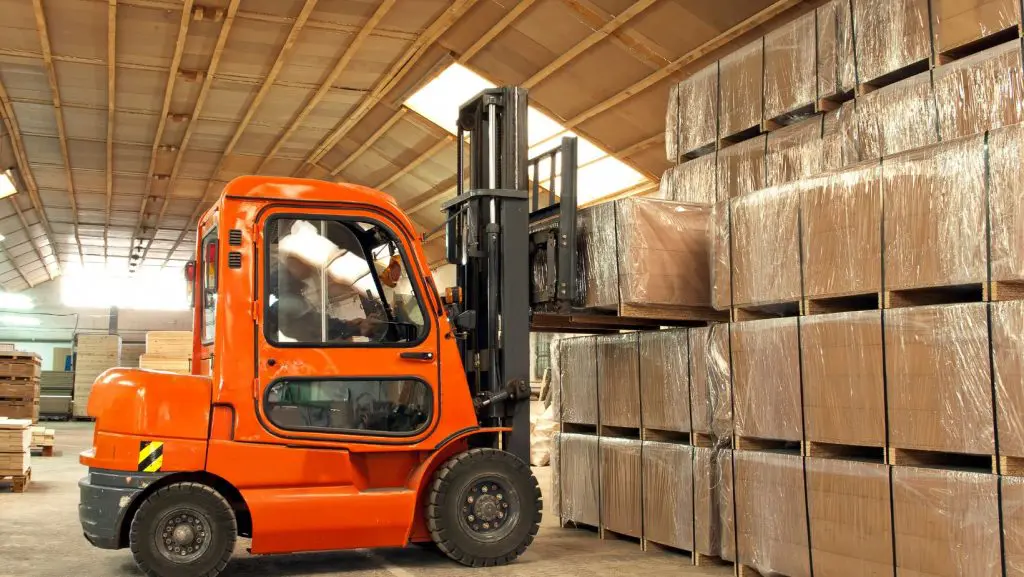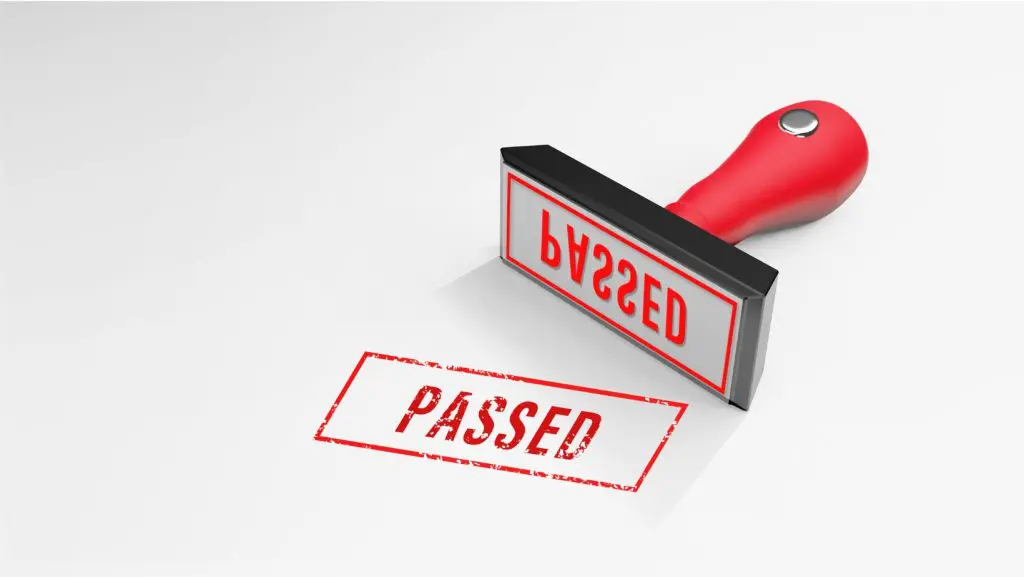
Forklifts are essential equipment in various industries, from warehousing to construction. Ensuring that forklift operators are up-to-date with their training is not just a legal requirement but also critical for maintaining workplace safety. Over time, skills can decline, regulations can change, and new equipment can emerge, making it vital to periodically refresh training. This blog […]

Health and safety are crucial in any business, but they are even more vital in workplaces that handle machinery and equipment. In this guide, you can find our warehouse health and safety checklist to help guide you through exactly what tasks need to be completed to ensure your workplace puts the safety of your employees […]

If you want to become a certified forklift operator, you must pass a forklift theory test. This exam will assess your knowledge of safety procedures, operational guidelines, and legal requirements that are essential for operating a forklift in various work environments. While it may seem daunting at first, understanding the test’s structure and key topics […]

Like a normal driving test, for most people, the easiest part of gaining a forklift driving certification is the theory or written exam, not the practical driving test. Applying what you have learned from the theory to driving a forklift can be difficult. But with practice and a good knowledge of best practices, you can […]




